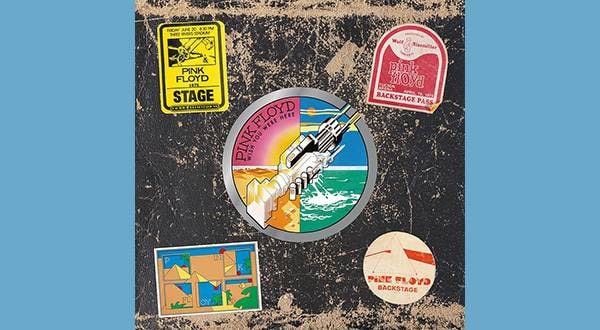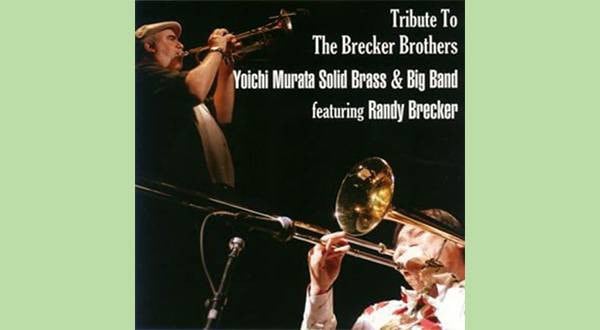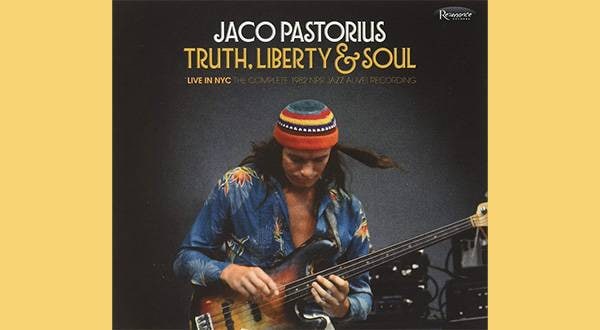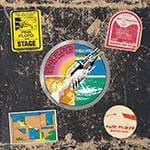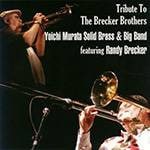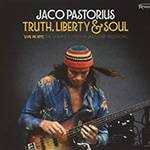The Doobie Brothers masterpiece with the Prophet-5 Polyphonic Synthesizer
After the interview trilogy, I’m returning the theme to the polyphonic synthesizer. Next after the Polysynth CS-80 is the Prophet-5 from Sequential Circuit, an historical machine. The Prophet-5 was released by Sequential Circuit in 1978.
The price was 1.7 million yen! It wasn't priced for amateurs. When I visited New York in the early 80's, I found a used Prophet-5 at a musical instrument store near Fifth Avenue. The price was $1000! That’s about 100,000 yen. I thought I would buy it, but I gave up because I was carrying heavy broadcasting equipment. The Prophet-5 is a five-note polyphonic synth released after the heyday of monophonic synths. It can sound up to 5 notes at the same time, and although the number of notes is one less, it is more compact than the CS-80, so it was used by many musicians. The reason why Prophet-5 was loved is the high quality oscillator, filter, and the various modulation functions.
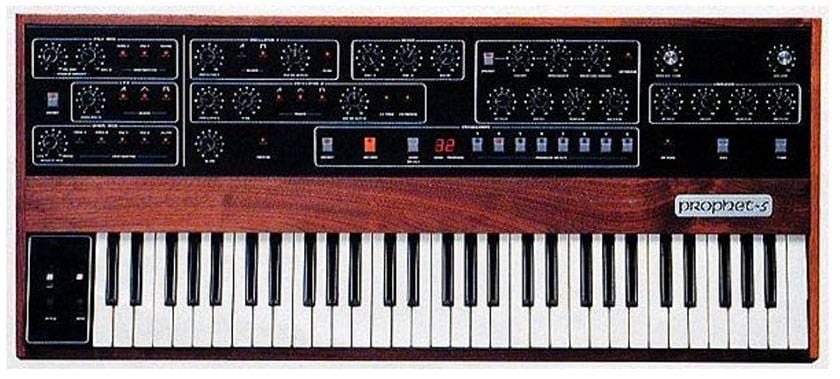
Sequential Circuit Prophet-5
■ Recommended album: "Minute by Minute" (1978)
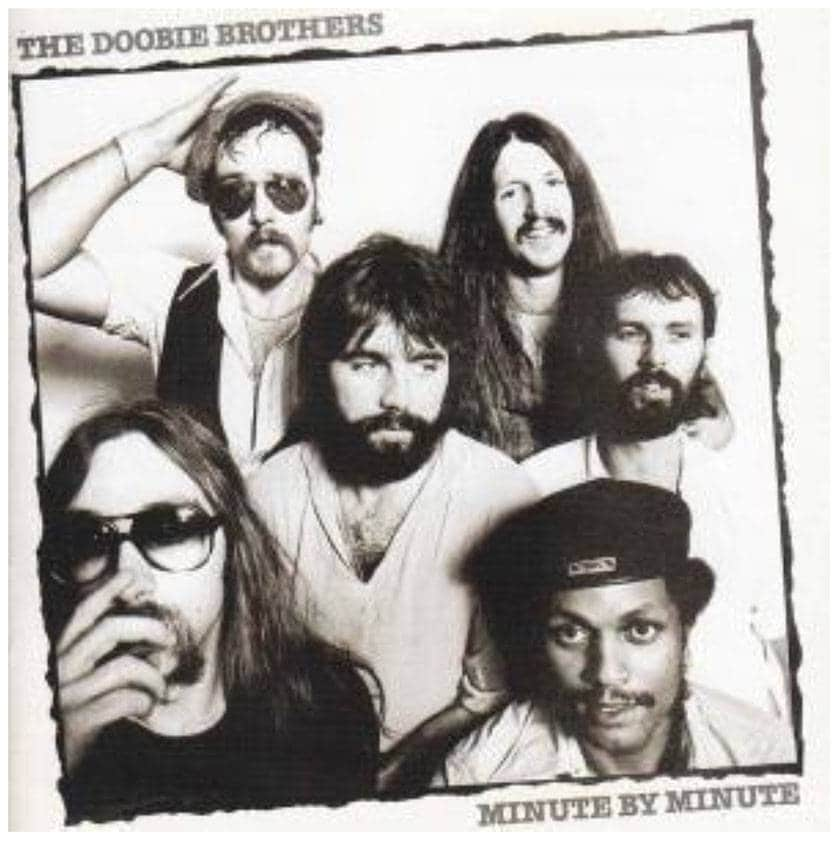
The Doobie Brothers' masterpiece, which was also successful commercially. The Doobie’s sound created by Michael McDonald reached No. 1 on the Billboard album charts. "What A Fool Believes" was number one on the charts in the United States. It has also won the Grammy Award for Best Record and Best Song. The Doobie’s songs at the time were divided into two types: the West Coast rock of Tom Johnston (G), Pat Symonds (G) fans, and the AOR sound of Michael McDonald fans. I was confused by the former type, which used a lot of tense chords, and pursued Tom's sound. I didn’t like the Prophet sound because I liked the progressive rock synth sound.
Since Michael had been in Steely Dan, he was good at 16 beats more-so than 8 beats, and had a high musical sense that used syncopation and tense chords a lot. The Prophet-5 supported the Doobie’s AOR sound. "Minute by Minute" wouldn't have been made without this poly synthesizer.
Recommended song: "What A Fool Believes"
"What A Fool Believes" placed number one in the United States and won a Grammy Award. Since the chorus was sung using falsetto, I thought it was a song from Earth, Wind & Fire at first. Michael is a master of chord work. Michael's unprecedented pop and sophisticated sound dominated the charts. Michael became very popular, providing his music to others, and at one time he was called "the sexiest man in America".
Synthesizer changed to polyphonic, and they supported Michael's sound. The Prophet-5 was the first polyphonic synthesizer. Michael's technique was predominant in many masterpieces, including "You Belong to Me" (#6 on the US charts), which was co-written with Carly Simon, and "Ya Mo B There" (won a Grammy Award for Best R&B Performance), which was co-written with James Ingram.
■ Recommended album: "If That's What It Takes" (1982)
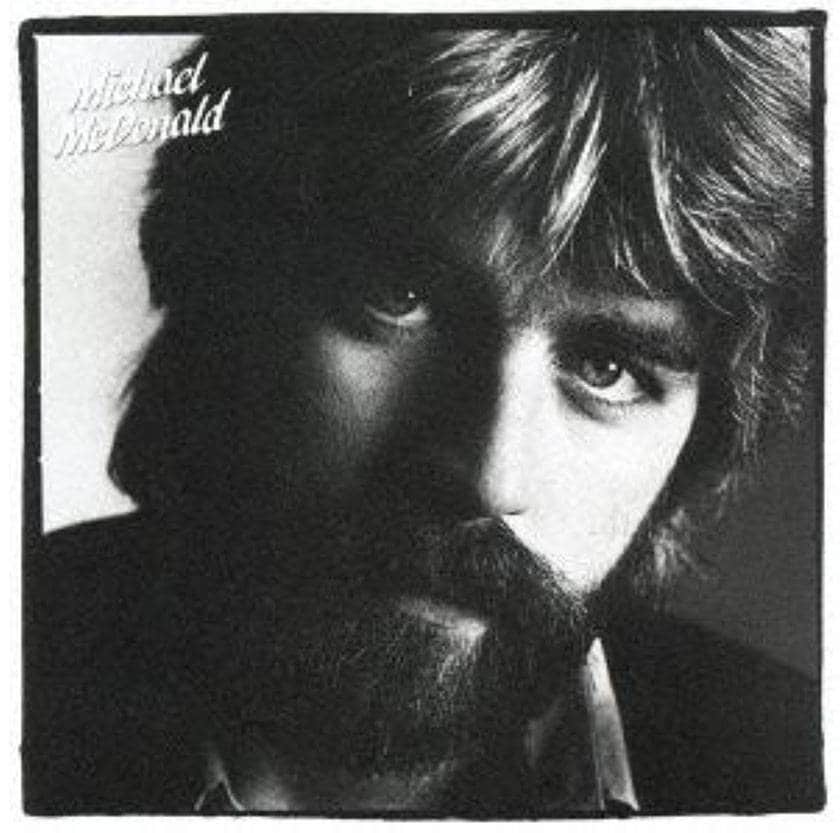
Michael McDonald's first solo album. Support musicians are super: Willy Weeks (B), Greg Phillinganes (Key), Tom Scott (Sax), Robben Ford (G), Jeff Porcaro (Dr), Mike Porcaro (B), and Steve Lukather ( G) from TOTO participated for the album. With the support of skilled musicians, the sound is even more sophisticated than the Doobie Brothers album. "I Keep Forgetting'", which was also released as a single, placed #4 on the charts in the United States.
Recommended song: "That's Why"
I think this is the best song on the album. The reason is the interlude. Michael is a composer and a rare type of vocalist. However, you won’t hear a lot of keyboard solos from him, and there are no impressive keyboard performances. Instead of focusing on his own keyboard solo, Michael seemed to have thought it was better to bring in a talented soloist. I think that he learned about that from Donald Fagen and Walter Becker when he was in Steely Dan. The two from Steely Dan don't play the solo part themselves, but call in other musicians with outstanding skills to play it. The guitar solo on "Kid Charlemagne", the first song of Steely Dan's "The Royal Scam", was played Larry Carlton (a masterpiece of Carlton solos!). That's Steely Dan's style. This style can also be seen in this solo album.
Now, let's talk about "That's Why". Robben Ford (guitar) and Tom Scott (sax) were called in to play only the solos. Both are first-call musicians and Robben Ford plays blues-based jazz. Tom Scott is also known for playing with Quincy Jones and Carole King, and his skill is top level. These two performed a solo in unison. This unison solo is wonderful. The two were called in for only eight bars. I think it is a planned solo, not an ad lib. It seems Michael had the melody in his head, and he let the two play with that melody. The guitar backing was played by TOTO guitarist Steve Lukather. But it was Robben Ford who played the solo, not Lukather. I think Michael created Steely Dan style that was not possible with the members of Doobie Brothers.
Musicians, albums, recommended songs, keyboards used this time
- Artist: Michael McDonald
- Album: "Minute by Minute", "Mourning"
- Song title: "What A Fool Believes", "That's Why"
- Instrument used: Sequential Circuit Prophet-5






